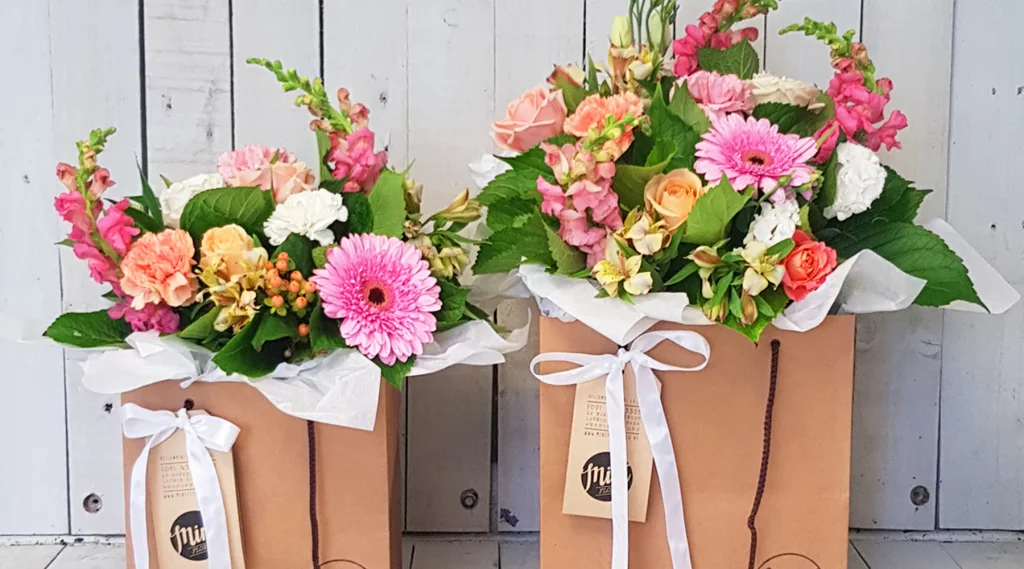The white coat ceremony is a special occasion in one’s life. But can you bring flowers for this occasion? The white coat symbolizes the dedication and compassion of this profession. We’ll see the tradition of presenting flowers at a White Coat Ceremony. We’ll look into why it matters and what it signifies.
This covers everything from understanding the symbolism of flowers to considering alternative gestures. Whether you’re a family member, friend, or soon-to-be healthcare professional, knowing the significance of this gesture adds meaning to the ceremony. It’s a simple yet nice way to show support for someone taking their first steps in the noble healthcare field.
Let’s understand, can you bring flowers on this occasion.
How Do You Bring Flowers to a White Coat Ceremony?
1. Etiquettes
Regarding the etiquette of bringing white flowers to a White Coat Ceremony, it’s important to approach this gesture with respect for the importance of the occasion. Using a white coat marks an important moment in a medical professional’s life, signifying a commitment to care and compassion. Bringing flowers is a time-honored tradition, representing support, pride, and best wishes.
2. Traditions
The tradition of bringing flowers to a White Coat Ceremony is steeped in symbolism and history. It serves as an expression of celebration and encouragement for the individual beginning their medical studies. This practice works to maintain the gap between tradition and culture. It symbolizes unity and collective pride within the medical community. The act of offering flowers is not just a gesture. It’s proof of the spirit that defines the medical profession.
3. Symbolism of Flowers
Flowers, as nature’s creations, hold much symbolism. In the context of a White Coat Ceremony, they represent the sign of growth, renewal, and the beginning of a change in medicine. Gifting flowers is similar to giving the aspiring healthcare professional a message of hope and encouragement. Their beauty and fragrance bring a sense of purity and dedication. They stand as proof of the hard work required in the medical field.
4. Considerations
Selecting the right flowers for a White Coat Ceremony involves thoughtful considerations. The freshness of the blooms is important. They show a fresh vibe. A well-arranged bouquet improves the look and shows the importance of the occasion. Color choice is another important factor. While white is a popular choice, representing purity and new beginnings, softer shades like pastel pinks and blues convey positivity and a sense of hope.
5. Alternatives
While flowers hold a special place in this tradition, there are alternative gestures that can carry equal weight and sentiment. A personalized card with heartfelt words offers a medium for a closer expression of support and encouragement. It allows you to show emotions and well wishes directly. Another alternative is a small potted plant, which acts as a living symbol of growth and peace.
6. Personal Touch
Using a personal touch in the gesture of bringing flowers increases its importance. Including a heartfelt note with the flowers. Expressing pride and best wishes adds a layer of sincerity. Choosing flowers that hold personal meaning to the recipient, perhaps their favorite bloom or one associated with a shared memory, creates a deep connection. This personalization changes the gift into a memory that will be remembered long after the ceremony.
7. Expressions of Support
Bringing flowers to a White Coat Ceremony goes beyond the look of the bouquet; it’s an expression of support and belief in one’s capabilities. It shows a collective commitment to their medical journey and a shared sense of responsibility towards the well-being of others. This gesture creates a vibe of unity and reinforces the idea that every medical community member plays an important role in the medical field.
8. Cultural Influences
The choice of flowers and how they are presented can be influenced by cultural backgrounds. Different cultures may give specific meanings and traditions to particular flowers. Understanding and respecting these cultural traditions adds meaning to bringing flowers. It reflects an appreciation for the diversity within the medical community, increasing that support in every other aspect of life.
9. Memorable Gestures
Bringing flowers to a White Coat Ceremony creates a lasting memory for both the giver and the receiver. It is seen as someone’s achievement. The beauty of the flowers, combined with the sentiments and emotions behind the gesture, forms an incredible impression. These gestures play an important role in someone’s life and become a long-lasting memory for that person.
10. Gestures
Gestures have the unique power to convey emotions and sentiments that words alone may not be able to fulfill. Bringing flowers to a White Coat Ceremony increases verbal communication. It speaks of pride, support, and best wishes amazingly. Bringing flowers to a white coat ceremony shows that you respect the dedication and hard work of that person who has spent his entire time becoming a professional in that field.
Conclusion
Bringing flowers to a White Coat Ceremony is a wonderful way to show support and celebrate a big step in a medical life. It’s like saying that flowers have a special meaning of growth and care, which fits perfectly with this important day.
While flowers are a common tradition, you can also choose other heartfelt gestures like a card with kind words or a small plant. The important thing is to show you care. Different cultures might have special ways of doing things, and that’s okay, too.
So, whether it’s a bunch of beautiful flowers or a card, your gesture will be the main thing on this special day. It’s a small act with a big heart, and it means more than words can say.


